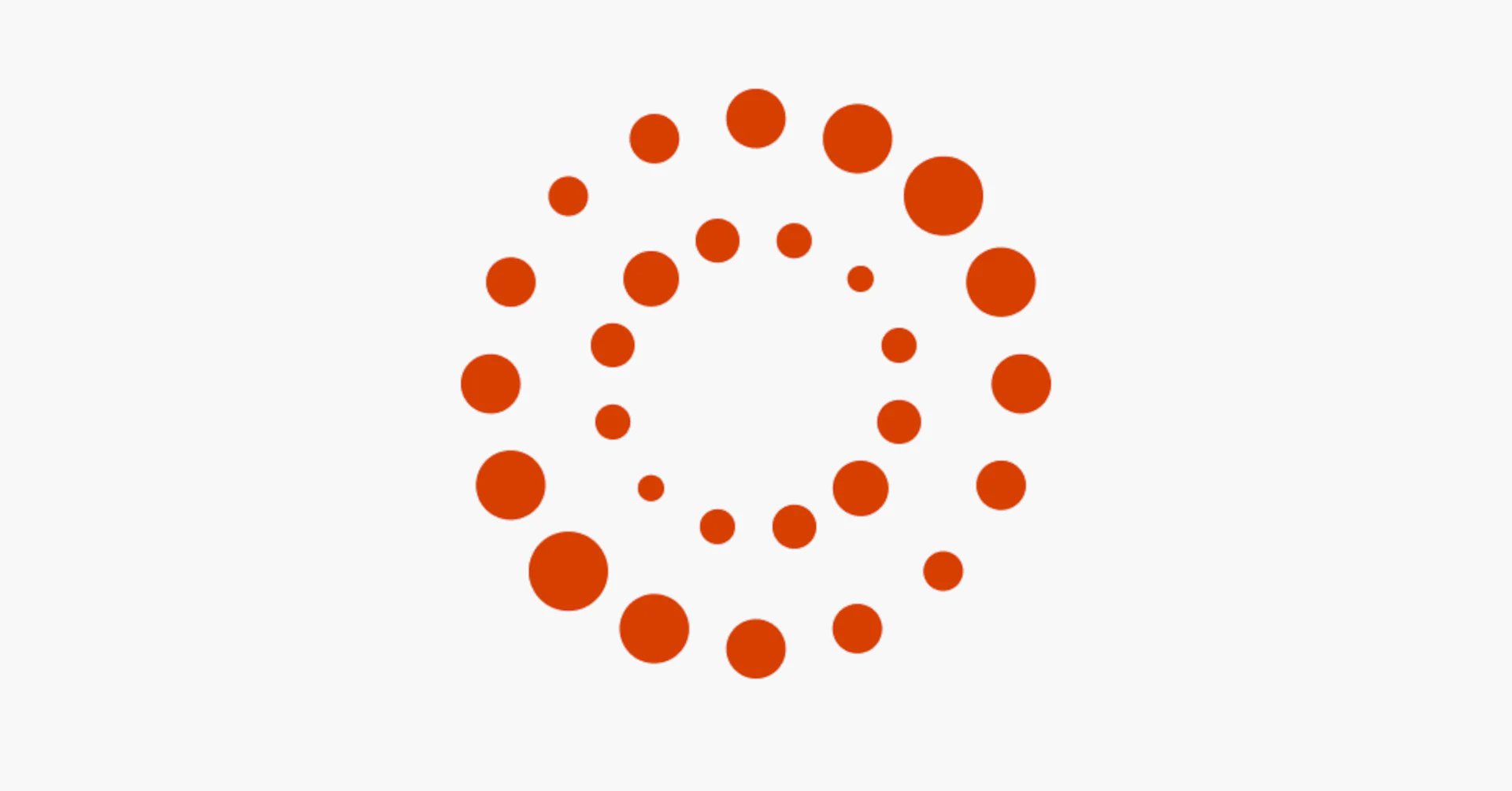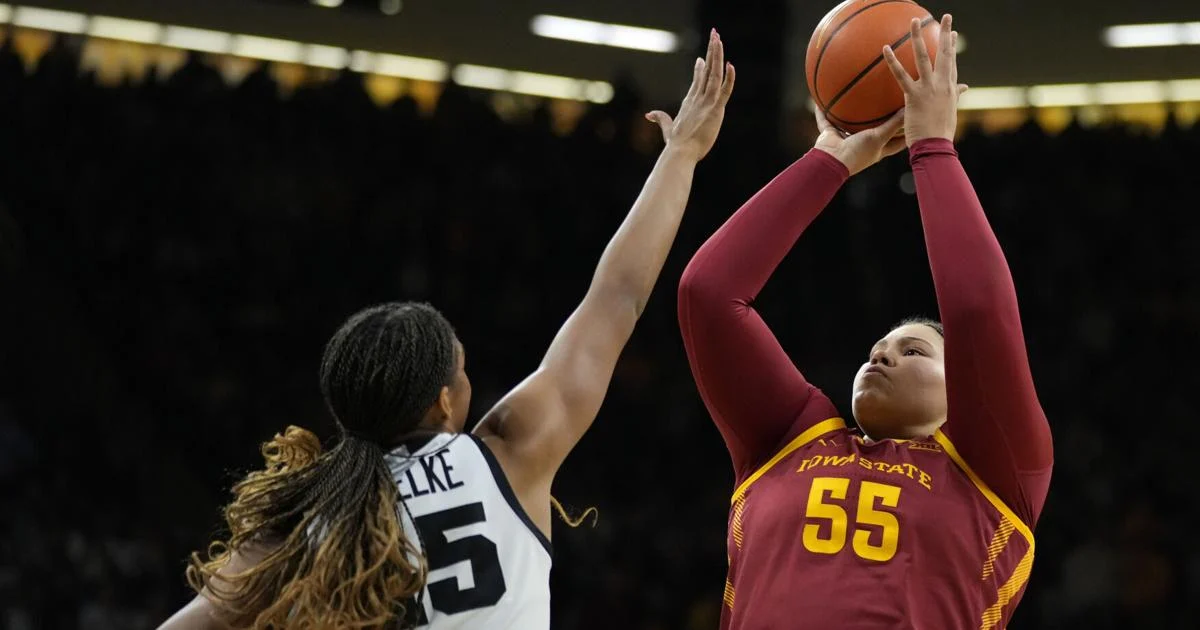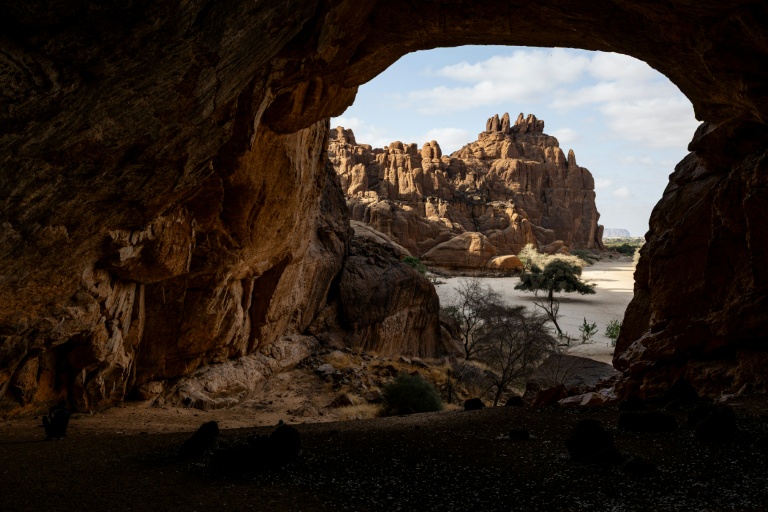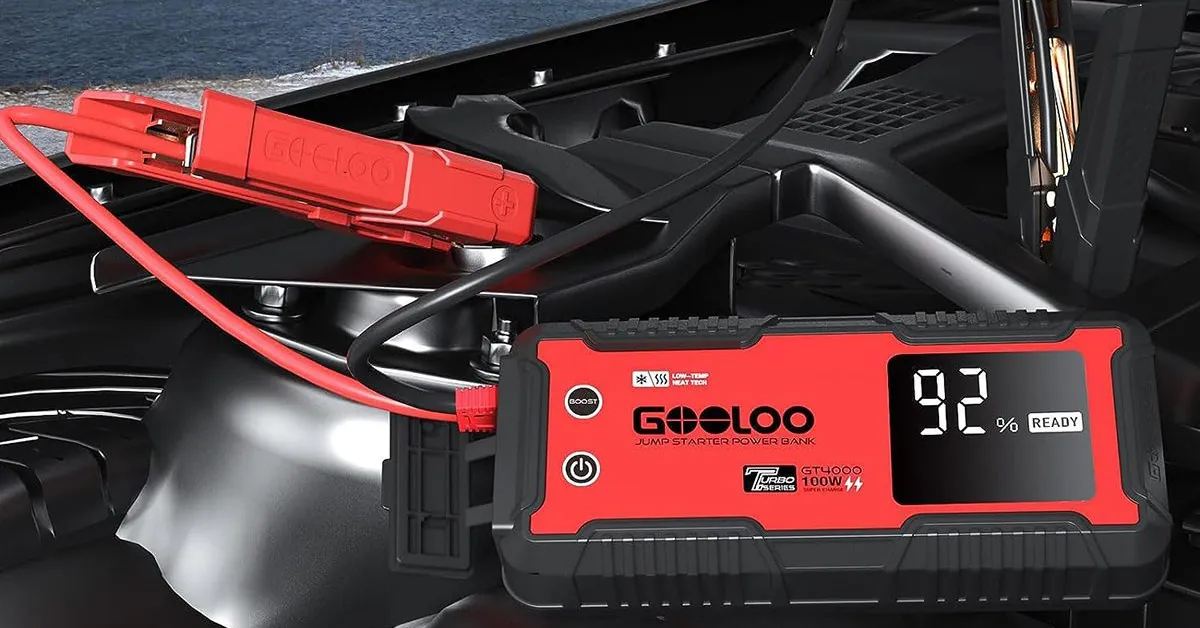
LONDON, Oct 1 (Reuters) – The zinc market has just woken up to the fact that London Metal Exchange inventory is now so depleted it would cover less than a day’s worth of global consumption.
LME time-spreads have turned volatile and the cash premium over the three-month price flared out to $60 per metric ton last week, a level last exceeded in 2022.
Sign up here.
Everything suggests a market that is in acute supply deficit. Yet, the International Lead and Zinc Study Group estimates a global surplus of 72,000 tons over the first seven months of the year.
The bad news for LME short position holders is that the excess metal appears to be in China. The good news is that a widening arbitrage window with the Shanghai market may facilitate a global rebalance.
DISAPPEARING ZINC
LME registered zinc stocks have collapsed from 230,000 tons to 40,850 tons since the beginning of the year. Available tonnage, excluding metal awaiting physical load-out, stands at just 30,625 tons, which is a drop in the 13.5-million-ton global zinc ocean.
The LME off-warrant cupboard is equally bare at 12,087 tons of deliverable metal scattered through the warehouse network.
The zinc market is no stranger to stocks churn, but this time around, much of what has been drawn out of LME warehouses appears to have left the system entirely.
Exports of zinc from Singapore, which has held most of the LME inventory for the last couple of years, have been accelerating since the fourth quarter of 2024.
The pace quickened to over 50,000 tons in August, bringing year-to-date exports to 240,000 tons. The metal has been shipped to a wide range of Asian destinations but the August tally also included 20,000 tons heading for the United States.
Singapore’s imports, meanwhile, have dropped to minimal levels, suggesting there is little left even in off-market storage that could be delivered against LME positions.
SMELTER BOTTLENECK
LME stocks appear to have been drawn down to fill gaps in the Western supply chain caused by a string of smelter problems.
Although global mined zinc production rose by a robust 6.3% year-on-year in the first half of 2025, refined production fell by 2.1%, according to the International Lead and Zinc Study Group.
Chinese smelters, by contrast, have been ramping up production since the second quarter of the year as treatment charges rise on the back of improved raw materials availability.
The country’s imports of zinc concentrates jumped by 43% year-on-year over January-August and are on track to break all previous annual records.
Treatment charges for imported material turned negative toward the end of last year but have risen to $87.50 per ton, according to local data provider Shanghai Metal Market.
Improved profitability has seen China’s national output of refined production rise by 7% year-on-year through August, according to SMM.
IMBALANCED MARKET
The contrast between China and the rest of the world is currently a stark one in the zinc market.
While LME stocks have been whittled away, Shanghai Futures Exchange inventory has been steadily rising. Deliverable stocks of 100,544 tons are up by 70,300 tons on the start of the year and have reached their highest level since August 2024.
The imbalance between East and West is manifest in a widening pricing gap between Shanghai and London prices.
Shanghai is currently trading at a spot discount of over $330 per ton to the LME, the widest gap since 2022-2023, when China last turned net exporter of refined zinc.
Analysts at BNP Paribas argue that the arbitrage window needs to open a bit further to make exports profitable, but the direction of travel is clear and the bank expects “a growing export incentive over the next two to three months”.
Those running short positions on the LME won’t care where the extra units come from but right now it looks as if it is Chinese producers who will be coming to their rescue.
The opinions expressed here are those of the author, a columnist for Reuters.
Editing by Lisa Shumaker
Our Standards: The Thomson Reuters Trust Principles., opens new tab
Opinions expressed are those of the author. They do not reflect the views of Reuters News, which, under the Trust Principles, is committed to integrity, independence, and freedom from bias.



